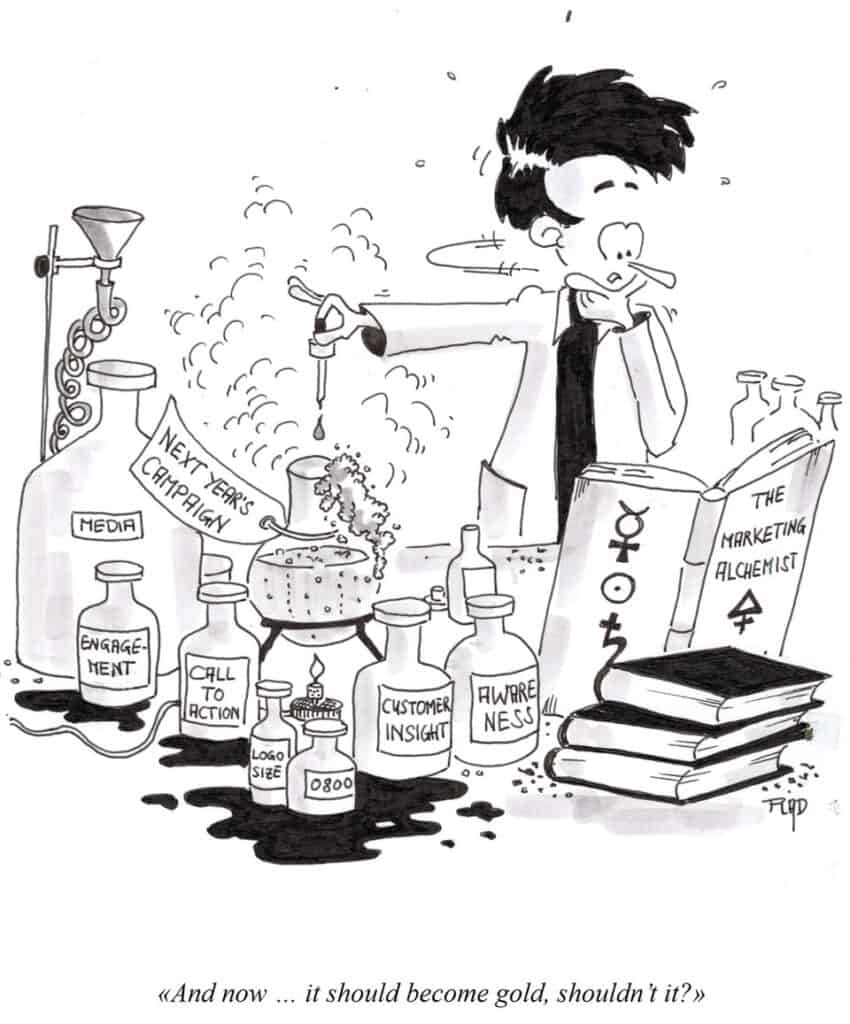Yes, that age old question, made even more confusing in the age of technology, data and now AI. On one side you have the science brigade led by Professor Byron Sharp from the Ehrenberg-Bass Institute for Marketing Science. On the other side, you have every person who went into marketing because they didn’t like maths, only to discover that statistics 101 was a mandatory in their course.
During one of the sessions at SXSW Sydney last month, the question was raised again in a discussion on marketing effectiveness, with the inevitable answer that, of course, it is both. But how is it both? And more importantly, what type of science is it? And for that matter, what kind of art?
As a trained scientist, who has worked in marketing and advertising for many years, I find it is worth going beyond the usual answer of it being both, and trying to define what parts are magic and what parts are science, and the types of art and science they are.
Because let’s be honest, there can be an inherent benefit in mixing and confusing the two. After all, if something is science it can appear more credible to some, while art will appear more magical to others.
I remember a marketer telling me that their agency was complaining that if I were to benchmark the agency’s productivity the magic would disappear. But when asked, the agency could not provide either a description of what that magic was or why exactly it would disappear as a by-product of assessing agency resources against the work volume being produced.

By Dennis Flad
But likewise, I recall a qualitative researcher presenting results to one decimal point from a handful of groups judging creative concepts, only to be confused when asked what the statistical significance of the result was. It appeared that a sample of thirty consumers was taken as being representative of the total population of grocery buyers.
There is an argument that beyond the creativity and imagination of developing consumer insights and creative ideas and concepts, everything else is science. After all, science comes in a variety of flavours. There are the natural sciences, considered to be the physical sciences (such as chemistry and physics), and the life sciences (being the study of organisms from viruses to mighty redwood trees).
Then there are the social sciences (the study of how people interact with one another and includes anthropology, economics, political science, sociology, and social psychology). Pretty much the complete tool bag of science for anyone working in marketing, as this is the commercial study of human beings.
There is much interest today in many of the products of social science endeavours, including behavioural economics and consumer psychology, better to understand and predict human buying behaviour.
There is even a field of science looking at understanding complexity – and what could be more complex than consumers and markets? Complexity theory originated in the physical and life sciences, and was applied to social science in an effort to understand dynamic human processes which were difficult to explain with prevailing equilibrium models.
Then there is mathematics. Or math. It can be argued that this is either a formal science or not a science at all. But in the marketing world of data it is the language of data insights. No wonder most robust commercial courses at renowned tertiary institutions insist that statistics is a mandatory study unit.
But what is the point of defining and distinguishing the types of science and art? Well, social science is neither rocket science, astrophysics nor pure chemistry. It is a social science that provides insights and observations into human behaviours. And mathematics, including statistics, is the qualitative and quantitative language that supports it.
So, next time someone is saying what they do is an art or science, instead of nodding in agreement, perhaps you should be asking if it is indeed science, then what type of science? And does it conform to the definition and vagaries of the discipline? And is it being applied in an appropriate manner?
Just accepting that something is an art or science is at the least confusing and at its worst, misleading.
See Also: Woolley Marketing: How many awards are too many awards?
–
Darren Woolley is Global CEO of TrinityP3, Australia’s largest and most influential independent marketing / pitch consultancy and is well known to the advertising industry. Founded more than 20 years ago TrinityP3 has a significant presence in Australia where it leads the pitch process for many of the country’s leading advertising accounts as well as having offices in London, New York and Zurich.

Darren Woolley
Dennis Flad is responsible for Trinity P3 EMEA and founder of t’charta, a management consultancy boutique for strategic product management, pricing and go-to-market based in Zurich, Switzerland. Dennis worked his entire life in marketing and advertising, which allows him to infuse his whimsical drawings with a realistic understanding of management practices and behaviours.

Dennis Flad

